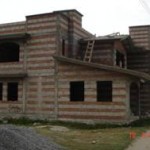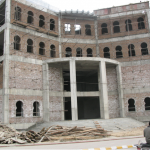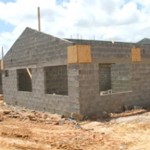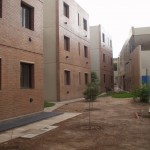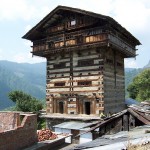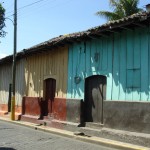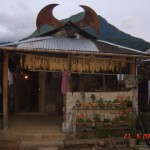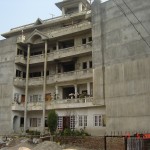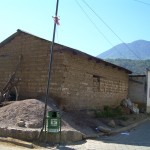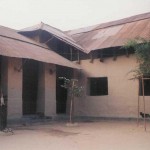by Arturo Tena-Colunga, Artemio Juárez-Ãngeles, Victor Hugo Salinas-Vallejo
It is defined as combined and confined masonry structures those where the bearing/seismic walls are made by alternating courses of lightweight concrete blocks (inexpensive in Mexico) with courses of fired clay bricks (more expensive) and they are confined with cast-in place reinforced-concrete tie-beams and tie-columns (Figure 1). The impact of confining elements in masonry walls includes: a) enhancing their stability and integrity for in-plane and out-of-plane earthquake loads, b) enhancing their strength (resistance) under lateral earthquake loads and, c) reducing their brittleness under earthquake loads and hence improving their earthquake performance. Although combined masonry construction has historical background in Mexico and worldwide (i.e., Tena-Colunga et al. 2009), combined and confined masonry became popular in recent times by the initiative of the inhabitants of the central Mexican states of Puebla, Tlaxcala and Oaxaca. This modern version of combined and confined masonry has been used since the early 1990s. Different arrangements to combine and alternate brick courses with block courses have been used (Juárez-Angeles 2009, Salinas-Vallejo 2009), but the one that it is most commonly used is the one depicted in Figure 1, where three courses of clay bricks alternate with a course of concrete blocks. Usually, this type of construction is being used for housing in rural and urban regions of Mexico, but it has also being used for warehouses and apartment buildings up to three stories high. The most common floor systems used with combined and confined masonry are: a) cast-in-place reinforced-concrete slabs 10 to 12 cm thick and, b) precast beams with concrete block infill and concrete topping (cast-in-place) and, c) cast-in-place waffle flat slab with polystyrene infill. Because of the poor quality of the concrete blocks produced in the central regions of Mexico, combined and confined masonry walls have similar behavior but lower shear strength and ductility compared to traditional confined masonry walls made of fired clay bricks only (Tena-Colunga et al. 2009). Nevertheless, these structures have had good performances during moderate and strong earthquakes, such as the M=6.5 June 15, 1999 Tehuacán earthquake and the M=7.6 January 21, 2003 Tecomán earthquake.
